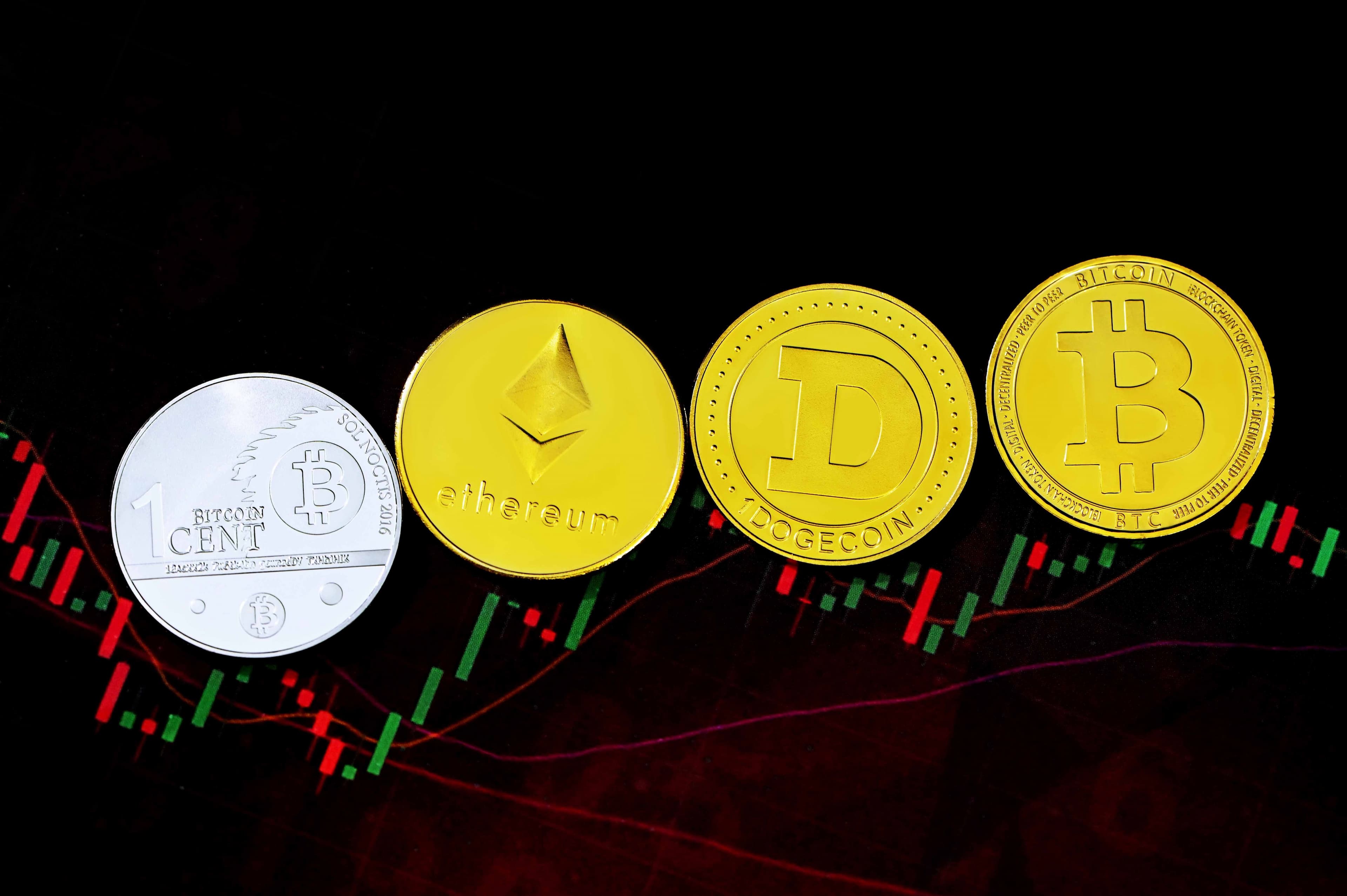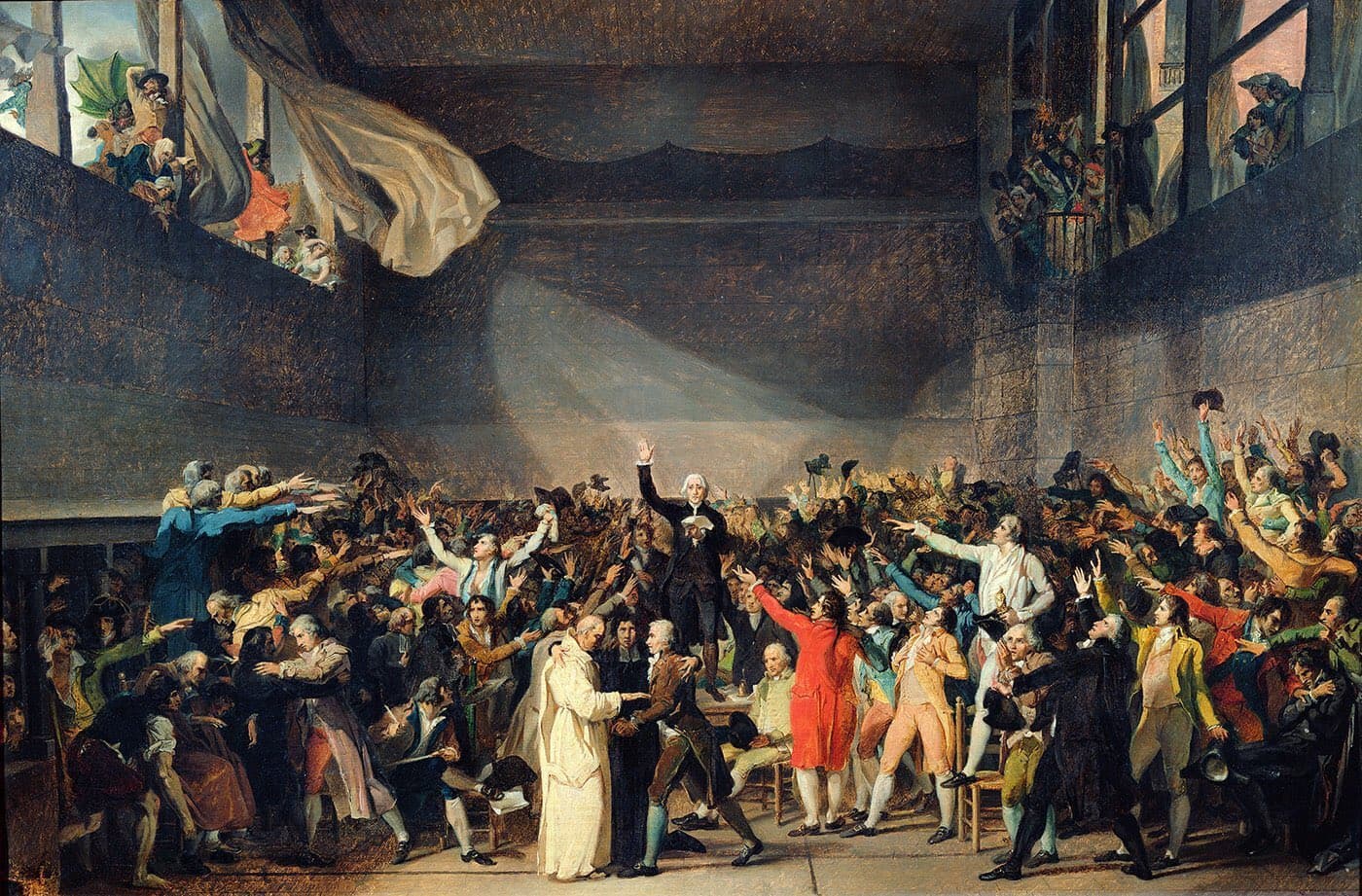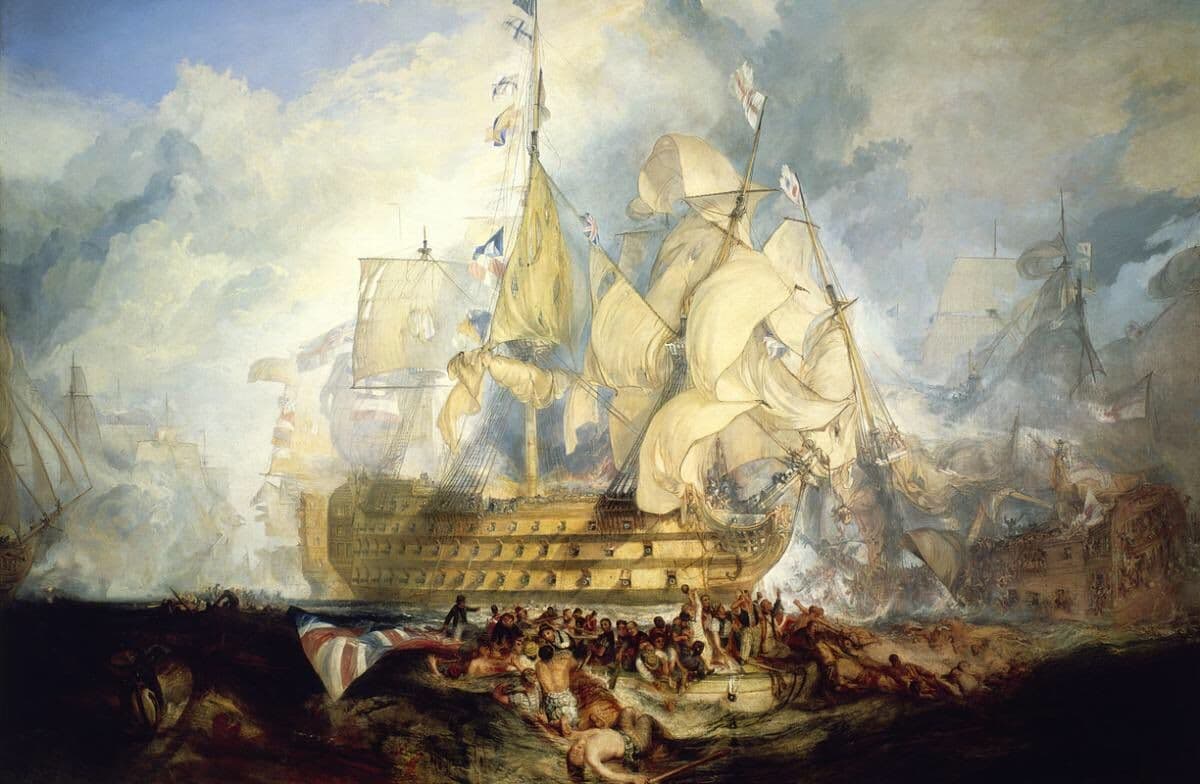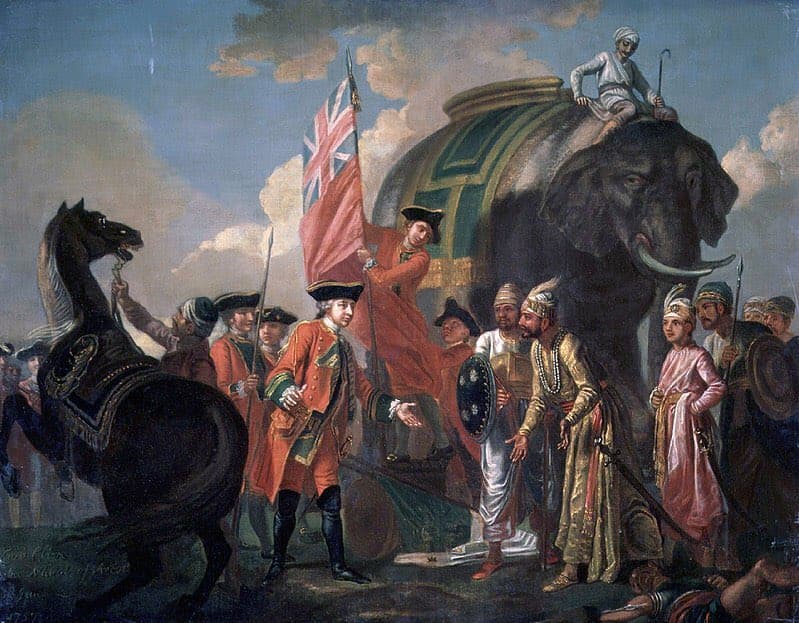
Thoughts on Cryptocurrency and Its Implications
11 min read
Published on 07/23/2021
Introduction
Recently I have been exploring the world of cryptocurrency and wondering about the implications that such a technology might have for the future.
Here I will be sharing my thoughts on this as well as my understanding. We will start at the beginning with how cryptocurrency works, as well as why we might use it as a currency. We will explore the most famous of these, Bitcoin, and a more versatile and generalised version, Ethereum. We will then discuss the possible implications and consider the recent trend of various governments now hinting at the possibility of national cryptocurrency, and why this is a terrifying concept despite the near universal use of national currencies throughout history.
The intended scope of this article is that it should be understandable for someone with no formal background in economics or computing, bearing in mind that I have none myself in the former and only some in the latter.
What is Currency?
In order to understand what a cryptocurrency is, we must first discuss currency in general. As far as I can see, currency is an invention that bypasses the issues with conversion rates inherent in barter systems.
An example may illustrate this: If I own a successful farm and wish to purchase a new Ferrari, how many apples can I give the car dealer? How many sheep? How many pints of milk? How many apples are there to the pint of milk in this case? How many sheep to the Ferrari? This is to say nothing of the car dealer’s personal valuation of a crate of apples decreasing as each one is piled up in front of his dealership. Even if we were bartering with a commodity that didn’t rot away within a week, the issue remains. How many tractors is that Ferrari that I want worth? If it is 1.5 tractors then how do I supply half a tractor? Bearing in mind of course that cutting my second tractor in half would deprive me of two tractors and not provide him with one and a half tractors worth of value.
What if there is nothing on my farm that the car dealer actually wants right now? For every transaction, the seller has to look at everything the buyer can provide and decide what combination of these they are willing to accept, if any, given that all of these resources have multiple alternative uses. This does not seem like an efficient solution.
There is a better way. What we need is some sort of commodity that everyone values that we can use as an intermediate step in a transaction between farming produce and a Ferrari.This should have the following properties to circumvent the conversion issues outlined:
- Durability - Hard to destroy each instance of it
- Portability - Easy to transport
- Scarcity - Rare enough that even a small amount is appreciably valuable
- Divisibility - Easily broken down without losing value
- Uniformity - Easily identifiable to everybody involved
Note that our exchange commodity doesn’t have to fulfil all of these to be useful. In reality only acceptability is what is important, i.e. everyone involved agrees that this is what is being used for this transaction, these points just help in how likely it is to be accepted as such.
Historically, coins or bars made from precious metals have fulfilled this role, although other things like livestock have as well in some times and places. Returning to our previous analogue, all I have to do is give enough of my apples to a cider brewer in return for enough gold coins to buy my Ferrari, and then the car dealer can go and use these same coins to buy whatever he would like from someone who can provide it. Now, instead of a complex web of conversion factors, it is simply “how many gold coins is this worth to me?”. I have my Ferrari, the brewer has his apples, the car dealer can invest the money into more Ferraris, garage space, staff, etc to grow his business, everyone wins!
A commodity used in such a way is what we call money, and a specific instance of this is called a currency. For example, when we ask “how much money is this worth?”, we are asking how much of this commodity is something worth, measured in units of some currency. The same physical amount of e.g. silver (money) is valued at different amounts of pounds, dollars, euros, etc (currency).
What is Cryptocurrency?
Cryptocurrency is an attempt to do this but electronically. There is no physical commodity here, transactions and storage of value are purely electronic, bypassing the one disadvantage of precious metals: They do not have the property of portability. Gold bars are hard to transport, whereas potentially millions or billions of dollars in e.g. bitcoin can be sent nigh instantly anywhere in the world.
How this works is in fact relatively simple. Everyone who holds cryptocurrency does so in a wallet. This stores a public and a private key, or “address”. The public key can be freely shared and allows others to send you their currency, and the private key should be kept secret and allows you to send to others. The combination of your private key, someone else’s public key and a timestamp is what uniquely defines a transaction.
As well as each wallet, there is what is known as the ledger. The technology behind this is called a blockchain, simply a growing list of records (or “blocks”) that are linked together via cryptographic hashes that point to the previous block (hence “crypto”-currency). These blocks also contain the timestamp and data surrounding the transaction that each block is used to represent.
In brief, to “hash” some data together is to combine pieces of data irreversibly to create an identifier, known as “a hash”. This process should always create the same hash given the same inputs and it should be easy to go from the inputs to the hash, but hard or impossible to go backwards from the hash to the inputs.
An important thing to note is that the ledger is not typically stored centrally, it is usually hosted with copies of it in full stored on each node in a network. A node is simply someone’s computer connected to this cryptocurrency’s network using a client program.
When a transaction is made, the details of each transaction are submitted to the nodes on the network for validation of all the keys involved, via a method that depends on which cryptocurrency we are discussing. If this passes, each copy of the ledger on each node is updated with a new block showing this transaction has occurred. This cannot be updated retroactively without all further blocks becoming invalid, there is now a permanent public record that some amount of value was sent from one wallet to another.
Note that there is no reason for an individual’s personal information to be linked to the wallet address, no details about which person sent to which other person need be stored, just the combination of the keys involved.
So, from the ledger the amount of coins each wallet has in it can be easily calculated. Value can be transferred around and, in theory, used to purchase goods and services. In our above example there is no reason I have to use gold bars, cows or cryptocurrency tokens to buy my Ferrari, so long as the car dealer accepts it. The likelihood that they do is based on whether cryptocurrencies satisfy our five points:
- Durability - Since it is electronically stored and usually decentralised, impossible to destroy without taking out every physical node.
- Portability - As previously mentioned, any amount can be sent anywhere in the world instantly.
- Scarcity - Usually a rigid amount in existence, or a theoretical limit, but this depends on the currency.
- Divisibility - The only limit to how many divisions are possible is down to data types used for storage
- Uniformity - Identified by cryptographic hashes, cannot be reverse engineered
It appears that they do, in principle.
What is Bitcoin?
This was the first and is currently the most famous cryptocurrency, with a white paper entitled “Bitcoin: A Peer-to-Peer Electronic Cash System” being released on 31 October 2008 [1], and version 0.1.0 of the software on 9 January the following year.
It works similarly to how we have explored previously, with the addition of the concept of mining. This involves the miner having to create blocks out of new transactions on the network that other nodes can verify. They have to search for a number known as a nonce, which when hashed with the block content will be accepted by the network, i.e. it is smaller than some difficulty target. There is no way to do this other than having your computer guess a nonce and try hashing it with the block over and over again, so this either consumes a lot of time or a lot of processing power. For every block this is done for, the miner receives a reward of more bitcoin tokens.
This is known as a “Proof-of-Work” system.
There are two clever facts about bitcoin mining:
- Every 2,016 blocks this difficulty target is adjusted based on how fast the network has been accepting them, with a bias towards making it harder if the network has been faster than 10 minutes per block, or easier if it has been slower.
- Every 210,000 blocks the reward per block halves, starting at 50 BTC in 2009 [2] (worth just over £1,8M at the time of writing)
This has the effect that it becomes harder and harder to mine new coins over time, especially as the amount being mined has only increased in recent years, adding the concept of scarcity to the bitcoin supply as discussed previously.
What is Ethereum?
The Ethereum coin, ETH, is similar to bitcoin in how it works (for now), but it is much more than that. Ethereum is in actual fact a programmable blockchain. If an individual has the programming skill to write what is known as a “smart contract”, then they may define their own application built on blockchain technology. This could be decentralised finance, a social media platform with posts that cannot be deleted, a decentralised yet permanent library of books that can therefore never be censored, even your own cryptocurrency for use in any of these, or anything else you can program. [3]
The implications of this for the individual are huge of course, and a great many more cryptocurrencies are built using Ethereum.
One final thing to mention regarding Ethereum is their plans to move away from their current block verification model for ETH, which is at the time of writing essentially the same as bitcoin’s, i.e. it is proof-of-work. They wish to move to another method, which is known as “Proof-of-Stake”.
To become a validator (ETH’s planned version of a miner), an ETH holder must “stake” an amount of their coins in the Ethereum software. When a new transaction becomes available to validate, a validator who has staked their coin is chosen at random. If they successfully validate on whatever hardware they have they are rewarded, and if they fail they may even lose a portion of their stake.
The advantages of this are, according to the Ethereum developer documentation [4], as follows
- Better energy efficiency – you don't need to use lots of energy mining blocks
- Lower barriers to entry, reduced hardware requirements – you don't need elite hardware to stand a chance of creating new blocks
- Stronger immunity to centralization – proof-of-stake should lead to more nodes in the network
- Stronger support for shard chains – a key upgrade in scaling the Ethereum network
The idea is you don’t need a more powerful computer, just more ETH in your wallet to become a serious ETH miner.
Implications for Governments
Having gone over the theory of how cryptocurrency technology works, it is important to discuss how a government may react to it. Their first instinct might be to ban it outright, citing concerns over its use in illegal activities or the energy, and therefore supposed environmental damage, required to obtain it.
Of course it also threatens the control of a nation’s central bank over the regular, i.e. fiat, currency system which, since the USA’s abandonment of the gold standard in 1971, has become the standard national banking system globally.
A fiat system, i.e. a monetary system not based around any commodity like gold/silver/cattle/etc, does not have a fixed property of scarcity, allowing the ones with the responsibility over managing it, central banks, to print more money and sell it to a government. A government might benefit from this for a multitude of reasons, including money for their pet projects and money for wars, all without the difficulty associated with taking from their citizens’ pay cheques. Any debt they may have accrued from pursuing their ends suddenly becomes worth less with inflation, 100 billion today is not worth as much as 100 billion yesterday, and is therefore easier to pay off. Of course, the citizens of your country may not be too happy that their money is now less valuable.
Any financial system immune from this, with the added ability to instantly move vast sums offshore immediately, would certainly rattle any modern government due to this loss of centralisation, and if it doesn’t it probably should.
My response to calls to ban cryptocurrency is along the lines of “good luck”. As has been stated before, unless you cut the power, block every single peer-to-peer communication, then erase the memory of all private and public keys from the minds of your citizens, any government has little chance of totally stopping it.
We shouldn’t, however, dismiss the lengths powerful people will go to protect what they have. I could perhaps imagine a scenario where a state may mandate that all citizens register their cryptocurrency wallet addresses with them in a central database, or even provide some sort of government ID before downloading the software. This would be similar to measures being considered in Australia which would mandate that Government ID be provided by a prospective user before accessing social media [5]. While this would not be a knockout punch to the usage of cryptocurrency within a given nation or state, by raising the barrier of entry it becomes akin to a slow strangulation. Additionally, given that people already using cryptocurrencies for illegal activity aren’t exactly going to stop just because they’re breaking one more law, it seems that it would be unlikely to achieve the stated aim of such legislation.
A different direction, and one I believe to be far more insidious, would be the introduction of a national cryptocurrency. If a state can’t beat them, why not join them? How would a citizen access this and gain some of the nation’s coins? By providing some proof that they are a citizen of course! Providing some government ID that is then tied to your wallet address would be ideal.
Proposed central banking digital currencies (CBDC for short) like Britcoin [6] are not quite the same, since they are being pitched as just an electronic version of the national currency and not necessarily decentralised or blockchain-based. However, my advice would be to keep an eye out and be aware of state forays into online money.
Returning to the crypto option, imagine a nation where there is a ledger distributed among people that the state trusts to verify transactions. This ledger would be tied to your name and address. Even if it is not publicly available, the forces that control the nation can still see every transaction you have ever made, how much you sent and to whom, and this cannot be removed, ever, not even by them.
Is this a future we want to live in?
References
[1] https://web.archive.org/web/20140320135003/https://bitcoin.org/bitcoin.pdf
[2] https://www.bitcoinmining.com/what-is-the-bitcoin-block-reward/
[3] https://ethereum.org/en/what-is-ethereum/
[4] https://ethereum.org/en/developers/docs/consensus-mechanisms/pos/
[6] https://www.bbc.co.uk/news/business-56799726
More from Jonathan
Latest articles

Aboukir Bay - The Naval Battle Which Made a Hero

The Dukes of the North

Marching Sheepishly: How the British wool industry helped the French to win the War of the First Coalition

Why did Britain oppose the French Revolution?

The time Britain funded an invasion of itself... twice!





